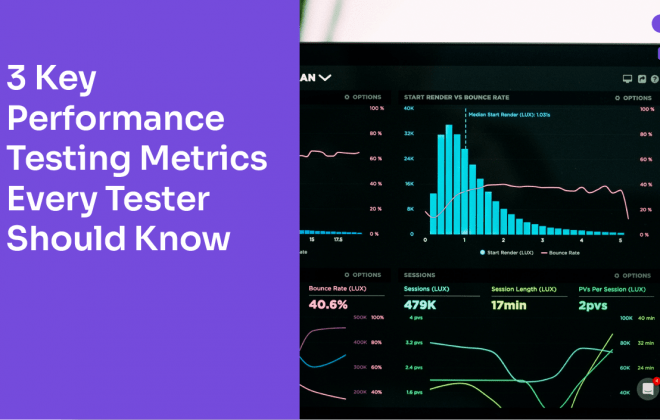Hurdles to overcome with cloud computing and performance
The other day I came across this paper and today I want to highlight some of the main aspects of cloud performance challenges.
First of all, we all know how important cloud computing is for today’s demanding business requirements. Performance considerations are vital for the overall success of cloud computing, including the optimum cost of cloud services, reliability, and scalability. They require a lot of attention and effort by the cloud computing providers, integrators and service consumers.
Cloud computing is unique because of its distinct general characteristics:
- Multi-tenancy: Public cloud service providers often host the cloud services for multiple users within the same infrastructure
- Elasticity and scalability: Ability to expand and reduce resources according to your specific service requirement
- Pay-per-use: Pay for cloud services only when you use them
- On-demand: One can invoke cloud services on an as-needed basis, not needing to be part of the IT infrastructure
- Resiliency: The cloud can completely isolate the failure of server and storage resources from cloud users
- Workload movement: It is important for resiliency and cost considerations, service providers can migrate workloads across servers
Major Obstacles in Adoption and Growth
The success of Cloud deployments is highly dependent on practicing holistic performance engineering and capacity management techniques. A majority of the obstacles for adoption and growth of cloud computing are related to the basic performance aspects, such as availability, performance, capacity, or scalability.
In this report from the University of California at Berkley, you can see a list of the Top 10 Obstacles for Cloud Computing back in 2009. Have we overcome these performance challenges?
- Performance engineers need to get to the bottom of the technical transactions of underlying cloud services before advising cloud computing users and cloud computing providers for the cloud services.
- The degree to which cloud services can meet agreed service level requirements for availability, performance, and scalability can be estimated by using performance modeling techniques so that potential performance anti-patterns can be detected before they happen.
- In the absence of sophisticated tooling for automated monitoring, the automatic provisioning and usage-based costing (metering) facilities rely mainly on fine-grained capacity management. Until more data collection, analysis, and forecasting are in place, capacity management is more opportune than ever.
- Irrespective of sophisticated tooling for automated monitoring, cloud computing users need to analyze their demand for capacity and their requirements for performance. In their contract with cloud computing providers, users should always take a bottom-line approach to accurately formulate their service-level requirements.
In summary, today’s cloud performance challenges are substantial and innovation needs to continue in order to overcome them. Industry watchers (such as Gartner) are predicting that Performance Engineering becomes even more critical to the success of the Cloud-based IT industry.
We want to know! What are the greatest cloud performance challenges you have encountered?
Recommended for You
The Software Testing Wheel
Top 10 Factors Impacting Application Performance
Related Posts
3 Key Performance Testing Metrics Every Tester Should Know
Dive into the core of performance testing metrics and discover the importance of accurate analysis in ensuring optimal system performance. Through simple explanations, you’ll be guided toward making informed decisions in your testing endeavors. Embarking on performance testing unveils three crucial metrics: Average, Standard Deviation,…
How to Create Load Tests with JMeter DSL from Selenium Scripts in Performance Testing Services
In this article, I will give you an approach to what was my talk at Selenium Conf 2023, so you can have the step-by-step for creating load tests with JMeter DSL from Selenium scripts as part of your performance testing services. This will help you…
Search
Contents




 Abstracta
Abstracta
